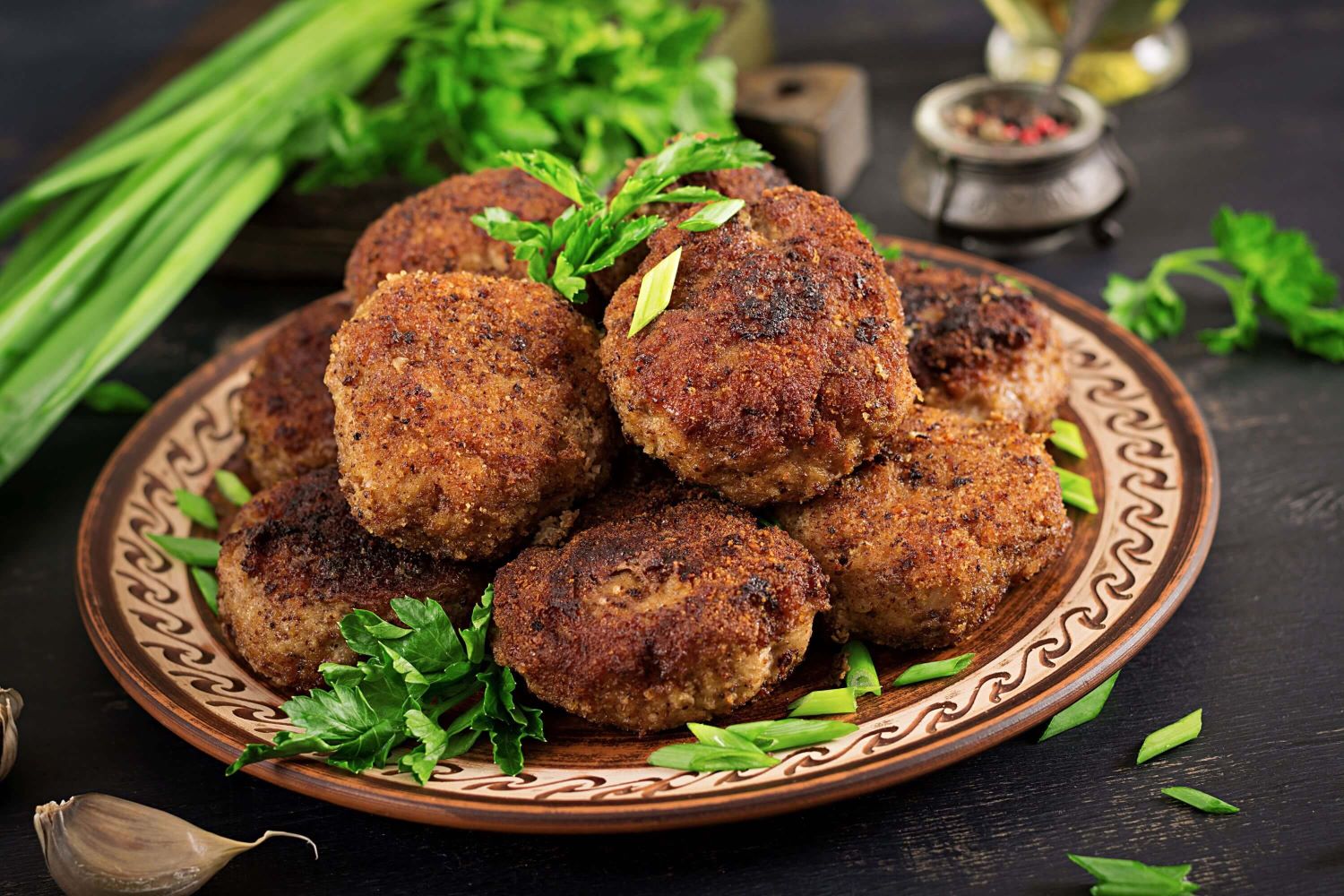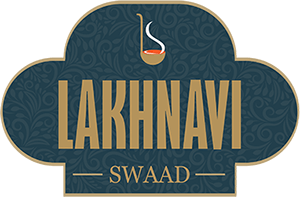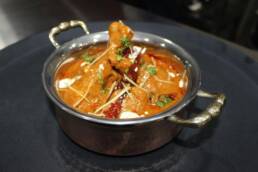Indian history never fails to amuse, especially regarding the nation’s deep-seated obsession with food. From kings feasting on fried rats to discovering that baingan ka bharta might date back to the Harappan civilisation, India’s culinary past is as diverse as it is fascinating. Among these gems lies the intriguing tale of the Galouti Kebab, a dish steeped in royal tradition and indulgence. This melt-in-the-mouth delicacy born out of necessity and ingenuity carries a story that is as flavourful as the kebab. Let’s dive into the history of Galouti Kebab Origin and uncover how they became an icon of Awadhi Cuisine.
The word “Galouti” means something that melts in the mouth. True to its name, Galouti Kebabs, essentially minced meat cutlets, dissolve in the mouth within moments, releasing an explosion of flavours. A common find in most Lucknow households, Galouti Kebabs originated from the kitchen of one of Lucknow’s famous Nawabs, Mirza Asad-ud-Daula, Nawab Wazir of Oudh in the 17th century.

The successor of Siraj-ud-Daula, Mirza Asad-ud-Daula, was extremely fond of kebabs. It is also believed that the Nawab appointed a special team of chefs dedicated to creating a new variety of kebabs for the Nawab every day. From experimenting with exotic ingredients like rose, red ginseng, sandalwood, etc. to using techniques like smoke flavouring and slow cooking, the team left no stone unturned.
As the Nawab got older, he started to lose his teeth. People also believed that the Nawab had a propensity to laze around. So, it was not an option for the toothless Nawab to put an effort into chewing his favourite food Kebab.
According to a descendant of the royal family of Awadh, Nawab Jafar Mir Abdullah, the chefs of the royal kitchen invented the kebab by adding raw papaya paste to minced mutton to make it soft and meltable. After a lot of trial and error methods and ingredients, the chefs finally created a kebab that would melt in the mouth of Nawab even without moving a muscle. This kebab, regarded as a culinary masterpiece of Lucknow, is now the Galouti Kebab.
Traditionally prepare Galouti Kebab using tenderised minced meat from goat or lamb as the base. However, the use of meat differs from place to place. The meat goes through a hand-mincing process to achieve a smooth texture. Following this, the minced meat is marinated with spices, including cloves, cinnamon, cardamom, etc.
Chefs shape the marinated meat into small flat patties and cook them on a griddle over low heat using butter. People commonly enjoy Galouti Kebabs with parathas and roomali roti, a thin flatbread resembling a handkerchief.
The Galouti Kebab continues to delight food lovers, serving as a delicious reminder of the region’s rich culinary heritage.
FAQs
1. Where was Galouti Kebab Invented?
Chefs in Oudh, a part of Awadh, invented Galouti Kebab in the 17th century for the aged Nawab, Mirza Asad-ud-Daula.
2. What is the meaning of Galouti?
Galouti, meaning melt-in-the-mouth, refers to the famous Lucknow delicacy, Galouti Kebab.

